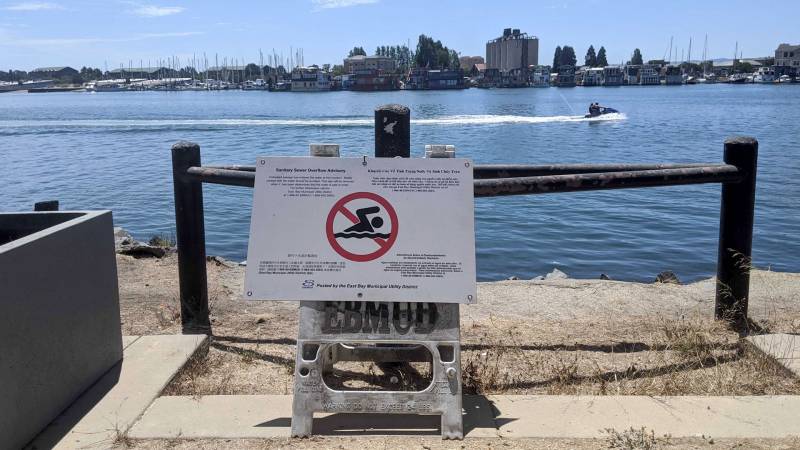A major release of raw and partially treated sewage into the Oakland Estuary earlier this month was triggered by a rapid-fire series of electrical failures at the East Bay Municipal Utility District's main wastewater treatment plant, the agency says in a report filed with state regulators.
The spill took place during the Bay Area's mid-August heat wave and prompted the agency to post warnings along a nearly 4-mile stretch of the waterway separating Oakland and Alameda. Water quality samples taken in the estuary the day after the spill showed bacteria levels many times higher than the safety threshold for the area.
“These discharges resulted from an unprecedented confluence of several unlikely events and circumstances,” Eileen White, EBMUD's director of wastewater, wrote to state water regulators on Aug. 24.
In the hours after the Aug. 15 releases, EBMUD said the spills were caused by a PG&E power outage.

